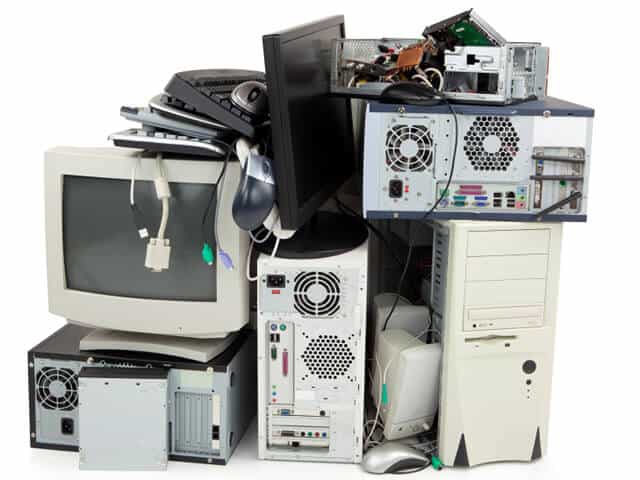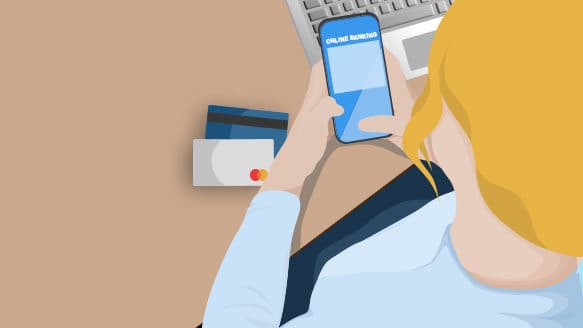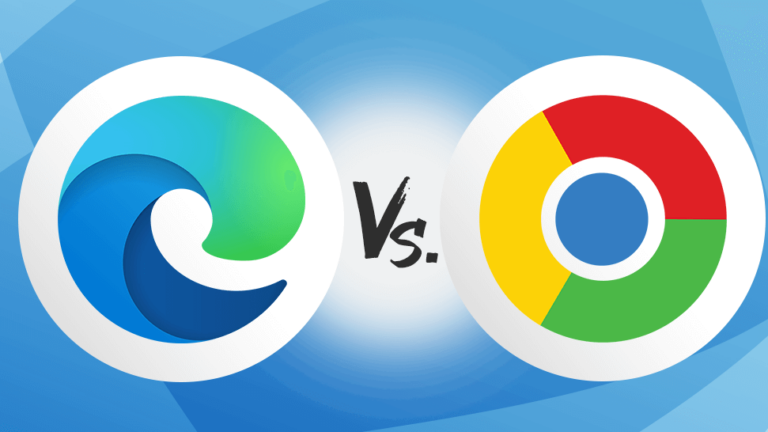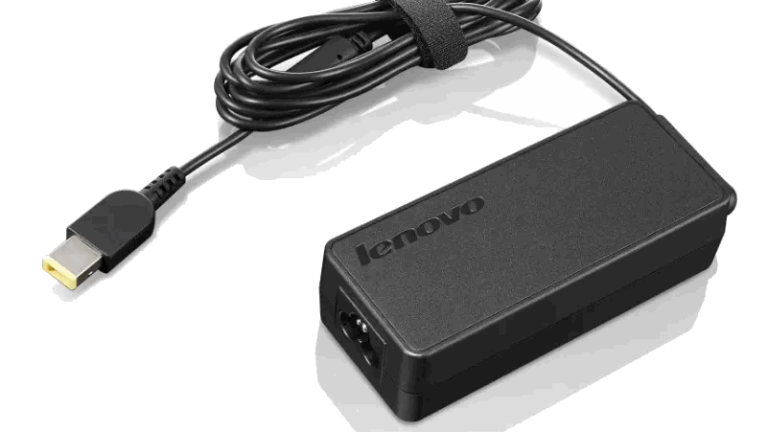But before you buy a second-hand laptop or desktop, you should run a few checks to make sure you don’t get stung first.
The Basics of Buying Used Items
Buying any high-value item second-hand can be a nerve-wracking experience. This is true whether you’re purchasing from a private seller you found on Facebook Marketplace or a second-hand retailer. At the very least, you should request some time with the computer in person to check things out for yourself.
With online sales, this is often not possible. In these instances, you’ll need to apply the usual safeguards you’d take into account with any peer-to-peer purchase. Check into the seller’s history and ensure they have good feedback on an account that is ideally at least a few years old.
But if you’re buying a computer from “in real life”, then you have fewer protections. Most in-person sales take place using cash or bank transfers that offer no protection, and laws that protect consumers do not usually apply. It’s a “buyer beware” situation where you need to make sure the item you are buying is fit for sale before you hand over any money. If you have any doubts, walk away.
There are some red flags you should look out for when making such a second-hand purchase, including:
- Does the sale seem too good to be true?
- Should the item be priced much higher?
- Will the seller let you thoroughly inspect the item before you buy?
- Is the seller only willing to meet in an isolated location after dark?
- Is cash the only payment that the seller is accepting?
You probably wouldn’t buy a car without an opportunity to see under the hood and kick the tires first. Most would insist on a test drive at the very least, even with the seller in the passenger seat. Buying a computer is no different. You should either meet at the seller’s house or in a public place where you can’t be taken advantage of. You should have time to inspect the computer thoroughly before you buy it.
Remember, there is always a reason why they are selling the computer. In many cases, it’s just uneconomical to repair and they are hoping you won’t notice the defects or ignore them completely.
Does the Computer Boot?
It seems like an obvious point, but the computer should at the very least boot. You should see a startup screen followed by a welcome screen shortly. Walk away if the seller insists that “the battery is dead” and won’t show the machine booting. If the machine powers on but shows an error, that could indicate a hardware problem.
Is the Computer Still Linked to the Old Owner?
If you see a password prompt, make sure the seller can type the password, log in, and remove it. If they claim they forgot the password, the computer could have been stolen.
This is particularly true with Apple Macbooks. They have a feature called “Find My Mac” that will prevent a new owner from using the laptop.
Testing a Computer That’s Been Factory Reset
If you see a “Hello” screen or a prompt asking you to select the country, the computer has been reset to the factory settings. This makes it harder to do a basic test since you’ll have to create a new user account and wait several minutes before the computer is ready to use.
We recommend doing it regardless. The seller can easily remove the account afterwards should you decide not to buy the item.
How Does it Run?
The most common reason for people selling their used computers is issues and problems that may not be immediately obvious. You should connect to WiFi, open some apps, load a webpage, test the sound, and so on. If programs take a long time to start, web pages freeze or scroll not smoothly, and the machines stutters and heats up, it’s best to walk away.
Are the Keyboard and Touchpad in Good Order?
Fully test the keyboard and make sure everything feels and behaves as it should. Make sure all of the keys work, including the power button. This is especially important on newer computers were replacing the keyboard is very expensive and time-consuming.
In most laptops, replacing the touchpad requires replacing the whole top case of the laptop, which even further adds to the costs. A jerky or unresponsive touchpad can be replaced by using a wireless mouse though.
Do All Ports Work?
Obvious damage to ports should ring alarm bells. If possible, try to test all ports before you buy. It’s difficult to test video outputs like HDMI, but at the very least, bring a USB flash drive with you and check if it works.
Also, make sure the laptop is charging. We’ve seen some laptops that still work on battery and continue working when plugged in, but the battery won’t charge past a certain percentage. Usually, this indicates a failing battery.
You should also expect the seller to have the charger. If they don’t, there is a chance the laptop might have been stolen. Replacement chargers are not very expensive and cost from $50 to $100 for most models. You can also get cheaper aftermarket ones but they tend not to last a long time and might damage your laptop.
Does the Display Have Dead Pixels?
Stuck or dead pixels don’t change their colours. If they are located near the edge of the screen, they are usually hardly noticeable. If they are in the middle where you are looking 90% of the time, you’ll get annoyed really quickly!
Damaged screens can also have some lines running through them, sometimes only visible at certain angles and then disappearing. Make no mistake, they are going to get worse, and might eventually require a full-screen replacement.
If the laptop you are buying has a touch screen, make sure you test it as well. We don’t recommend buying those but some people like the convenience of tapping the screen.
Avoid the Hassle by Buying Refurbished Laptops
Does the process above look tedious? It sure is! You can avoid all this hassle by buying a refurbished laptop. These have been tested and cleaned. Worn out parts like batteries and hard drives were replaced, and generally, you can expect a quick and reliable computer for up to half the cost of a brand new one.
Some sellers provide a very limited warranty on refurbished laptops. We stock two dozen refurbished computers in our shop and our warranty is good for one year!







